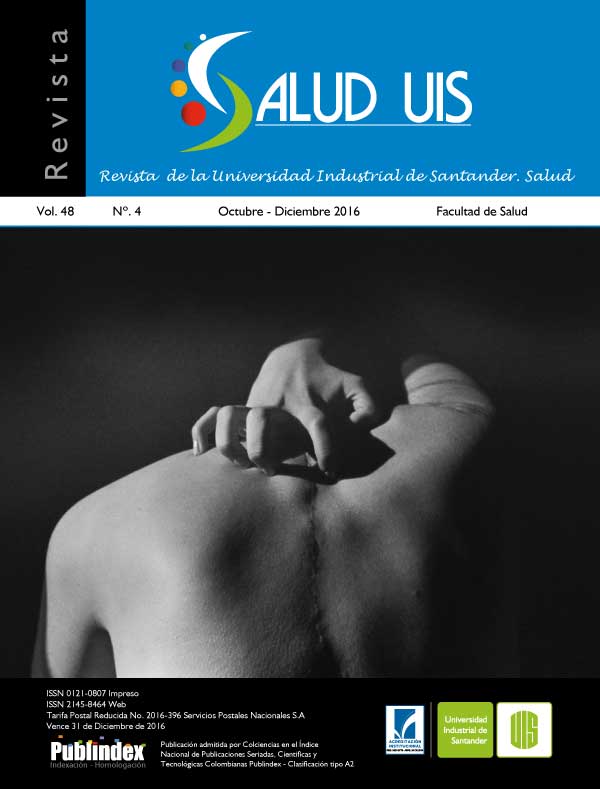Abstract
Introduction: Back pain is a significant public health problem, its prevalence among college students is high, 30 - 70%; Its association with the sitting position in workers has been reported, but its study in university populations is limited. Objective: To evaluate the association between sitting posture with back pain among college students. Methods: Cross-sectional study. Explanatory variables: sociodemographic characteristics, adequate lighting in the classroom, sitting posture and type of chair. Outcome variables: neck or back pain the day of the survey, acute and chronic. Logbinomial regression models estimated prevalence ratios (PR) and their 95% CI. Results: 516 students from health deparment, age 21.3 ± 2.6 years, 69.2% women, 29,5% were in third year; 72,8% belong to middle socioeconomical level (3 and 4); and 18,4% of the students had an additional working activity. 87,8% of the classrooms had adequate lighting. Sitting posture with rounded back, feet supported on another chair and crossed legs was associated with neck pain the day of the survey (PR: 2.84), acute (PR: 2.41) and chronic (PR: 4.13). Other sitting posture with rounded back and crossed leg was associated with back pain the day of the survey (PR: 1.81) and acute (PR: 2.0). The screen time at the computer was associated with the outcome variables (PR 1.01 - 2.08). Conclusion: The results support the implementation of policies and institutional projects in order to prevent and control the back pain in college students.

This work is licensed under a Creative Commons Attribution 4.0 International License.
Copyright (c) 2022 Aminta Casas S., María Patiño S., Diana Camargo L
